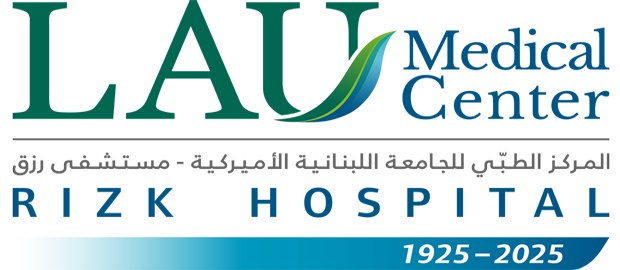Most common conditions leading to low vision:
- Age related macular degeneration (AMD)
- Diabetic retinopathy
- Glaucoma
- Corneal problems such as Keratoconus and corneal ectasia
- Inherited eye diseases such as Retinitis Pigmentosa, Albinism, Stargardt’s disease
Low vision services:
Thorough low vision assessment
Rehabilitation training
Non-optical low vision aids that are a form of assistive technology, used to
increase, maintain or improve the functional capabilities of individuals with sight
loss.
1. Relative size/ larger assistive devices including large print materials and computer
printouts of large font size.
2. Glare, contrast and lighting control devices that include adjustable table lamps and
halogen lamps
3. Posture, comfort and advice for the improvement of quality of life
4. Orientation and mobility devices
Optical devices: Optical devices consist of one or more lenses, mirrors or prisms
that are placed between the eye and the object to increase the size of the object
on the retina. In addition to video magnifiers, low vision optical aids help to
improve and enhance residual vision by magnifying the image at the retina.
1. Spectacle mounted reading lenses
2. Binoculars
3. Telescopes
4. Hand magnifiers
5. Stand magnifiers
6. Bar and flat-field magnifiers
7. Electronic Devices – CCTV, video magnifiers and latest technologies
8. Esight/ Acesight
9. Prisms: A prism is a wedge-shaped piece of glass or other transparent material
(Fresnel prism), which deflects rays of light toward the base. It is routinely used to
measure the size of strabismus (how much the eye turns in or out) and can be used
to redirect the rays of light onto the correct functional area of the back of the eye.
Unique services we provide:
Vision rehabilitation program for low vision patients to enhance their visual capacities and make
better use of their residual vision. This training program will help the patient use their low vision
aid in a better, efficient and more comfortable way

